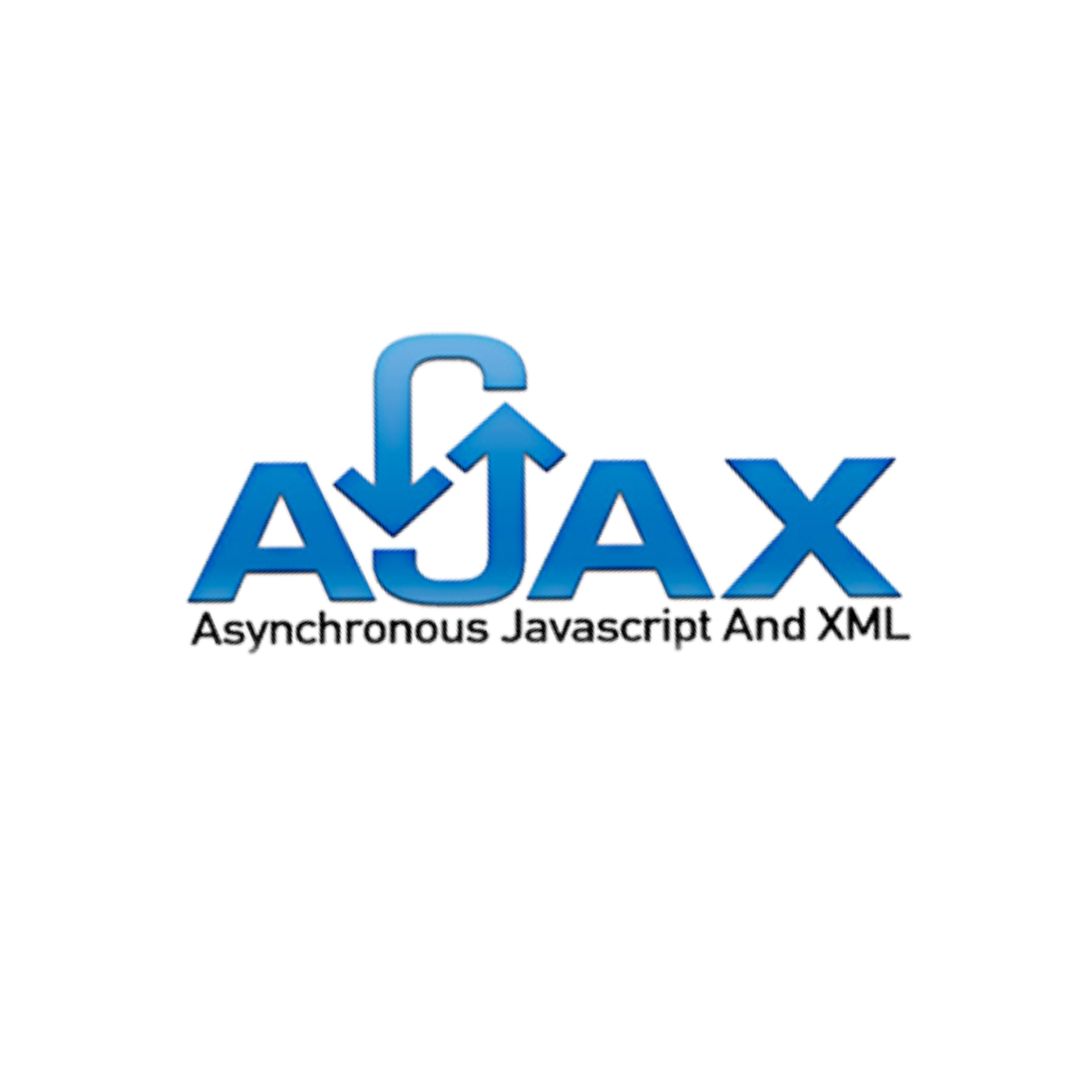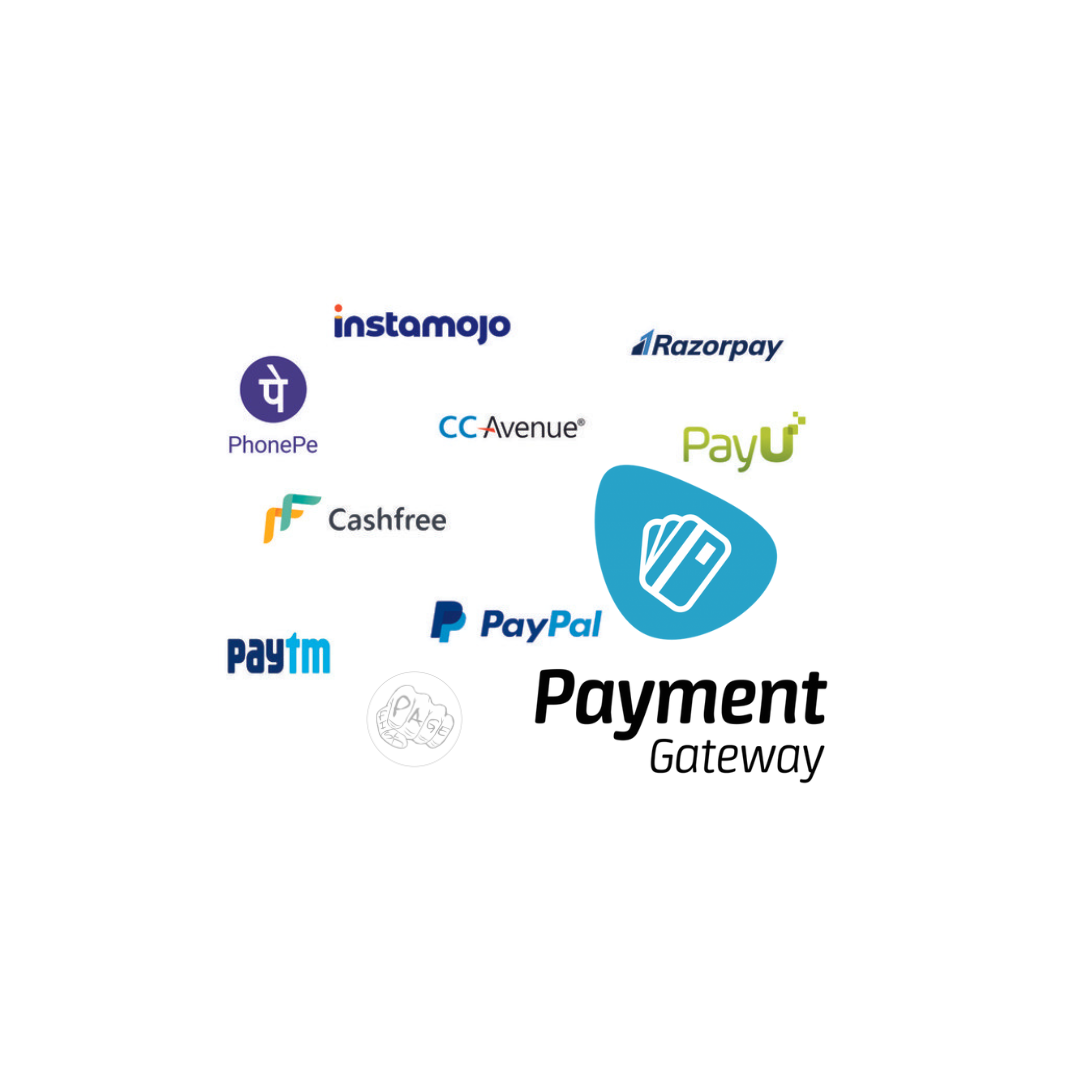The Power of Ajax
Explore the dynamic world of web development through our comprehensive guide on Ajax. From unraveling its core components to real-world applications and future trends, this article dives deep into the power of Asynchronous JavaScript and XML. Discover how Ajax transforms user experiences, its challenges, best practices, and what the future holds for this revolutionary technology.
In the dynamic realm of web development, the term Ajax holds a pivotal role, in shaping the way users experience and interact with websites. As experts in the intricacies of web technologies, we delve deep into the essence of Ajax to unravel its significance and impact on the digital landscape.
Understanding Ajax: Beyond the Acronym
Ajax, or Asynchronous JavaScript and XML, represents a powerhouse in web development, revolutionizing the way data is exchanged between a user's browser and the server. Contrary to traditional web applications, Ajax enables seamless, asynchronous communication, resulting in a more responsive and dynamic user interface.
The Core Components
1. Asynchronous Communication
At the heart of Ajax lies its ability to communicate with the server asynchronously. This means that requests and responses occur independently, eliminating the need for a full-page reload. Users experience a smoother interaction, enhancing the overall responsiveness of the website.
2. JavaScript Dominance
Ajax heavily relies on JavaScript to facilitate asynchronous communication. Leveraging this client-side scripting language empowers developers to create interactive and engaging user interfaces. The dynamic nature of JavaScript is a key factor in the success of Ajax-driven applications.
3. XML or JSON for Data Exchange
While the "X" in Ajax originally stood for XML, modern implementations often prefer JSON (JavaScript Object Notation) for data interchange. JSON's lightweight and human-readable format makes it a preferred choice, contributing to faster data transfer and improved performance.
Real-world Applications of Ajax
1. Dynamic Content Loading
One of the hallmark features of Ajax is its ability to load content dynamically. Instead of reloading an entire page, Ajax allows specific sections to be updated, providing a seamless and efficient user experience. This is particularly evident in news websites, where articles load dynamically as users scroll.
2. Form Validation and Submission
Ajax empowers developers to enhance form interactions. Real-time validation of user inputs and submission without page reloads are made possible, creating a more fluid and user-friendly form experience. This is invaluable in e-commerce platforms, where streamlined checkout processes are paramount.
3. Interactive Maps and Geolocation
Incorporating Ajax into mapping applications transforms static maps into dynamic, interactive experiences. Users can smoothly navigate, zoom, and explore maps without the need for extensive page reloading. This feature is harnessed by businesses in the travel and navigation sectors to deliver a superior user interface.
Challenges and Best Practices in Ajax Development
1. SEO Implications
While Ajax enhances user experience, it poses challenges for search engine optimization. Search engines traditionally struggle with indexing dynamically loaded content. However, implementing techniques such as pre-rendering and ensuring proper URL structure can mitigate these challenges, maintaining SEO integrity.
2. Accessibility Considerations
Ajax-driven interfaces must prioritize accessibility. Ensuring that all users, including those with disabilities, can navigate and interact with the content is crucial. Developers should adhere to web accessibility standards, employing ARIA roles and attributes to enhance the inclusivity of Ajax-powered websites.
Future Trends in Ajax Development
1. WebAssembly Integration
The integration of WebAssembly with Ajax promises to elevate web application performance to unprecedented levels. By allowing languages like C and C++ to run in the browser, developers can achieve near-native speeds, opening new avenues for complex and resource-intensive applications.
2. Progressive Web Applications (PWAs)
Ajax aligns seamlessly with the concept of Progressive Web Applications. PWAs leverage Ajax to deliver app-like experiences, providing offline functionality, push notifications, and rapid loading times. As the demand for mobile-friendly and responsive web solutions continues to rise, PWAs are poised to dominate the digital landscape.
In Conclusion
In the ever-evolving world of web development, Ajax stands as a testament to innovation and progress. Its impact on user experience is undeniable, with applications ranging from dynamic content loading to real-time form interactions. As we navigate the intricacies of Ajax development, we look towards the future, where emerging technologies promise to push the boundaries of what is achievable on the web.
Share This Post
Related Articles
Payment Gateway Integration: A Comprehensive Guide
Learn how to seamlessly integrate payment gateways like PayU, Instamojo, CCAvenue, and more into your website or app. Enhance security, streamline transactions, and boost customer satisfaction with our comprehensive guide.
Cracking the Code: A Beginner's Guide to Web Development
Dive into the world of web development with our beginner's guide! Learn HTML, CSS, JavaScript, and more. Become a coding wizard today!
Unlocking Creativity: A Treasure Trove of Free Icon Packs for Web Development
Discover the best free icon packs for web development like Iconfinder, Bootstrap icon, Flaticon, Line Awesome, TheNounProject, Material Design Icons, IconFinder, and Feather Icons. Elevate your designs and user experience today!
Website Design Near Me @ Rs. 4900 – Website Designer Companies Near Me Get Low Cost Website Design in India @ Just ₹4900 with Free Domain, Hosting, and business Email IDs from India's No 1 Website Designing Company
Looking for top-notch Website Design Near Me services at an affordable rate? Look no further. At just ₹4900, you can get a website that not only looks great but is also equipped with essential features to boost your online presence.
Choosing the Perfect Web Development Framework: A Comprehensive Guide
Discover the ideal web development framework for your project! Dive into a comprehensive guide on popular options like Django, Next.js, Yii, ASP.NET MVC, and more. Make the right choice today!
Related FAQ
No related FAQ.
Say Hello
To Your Dream




